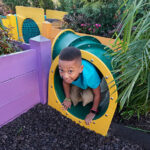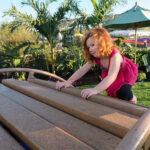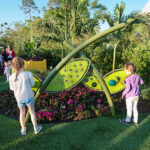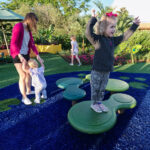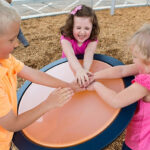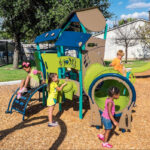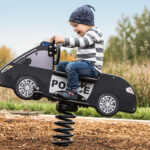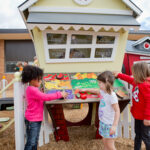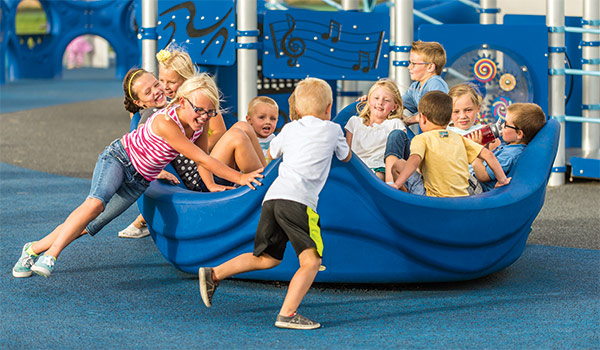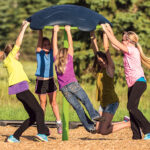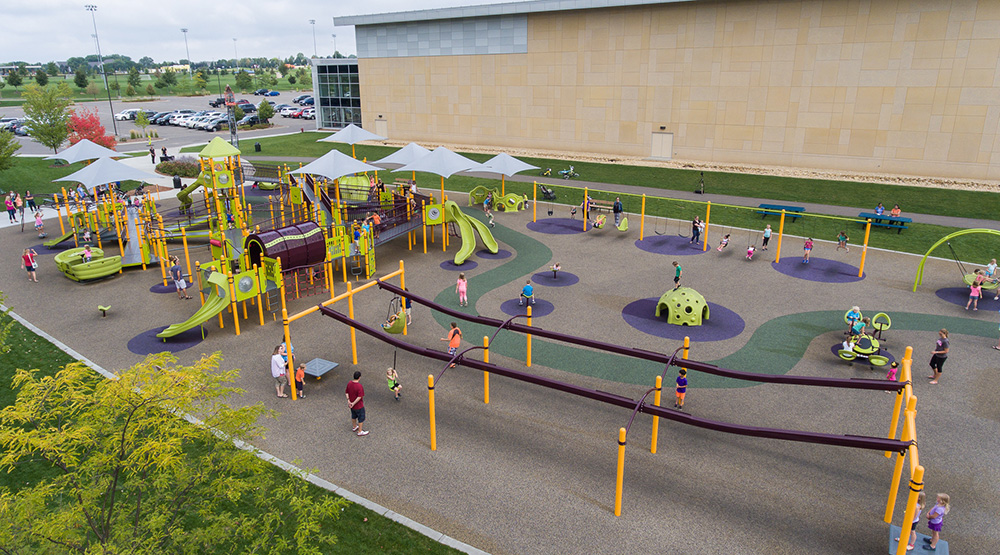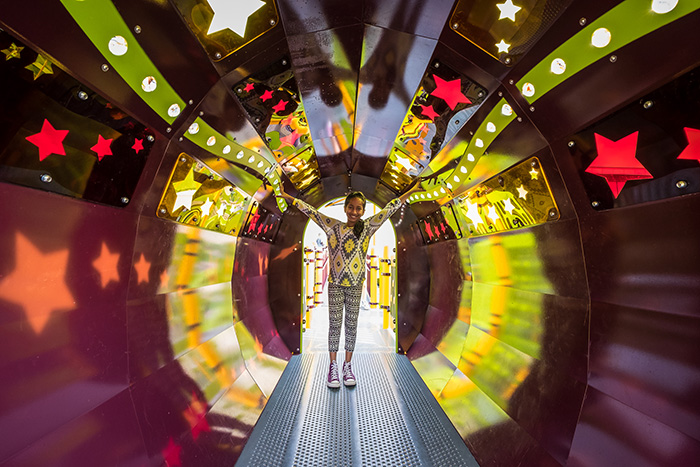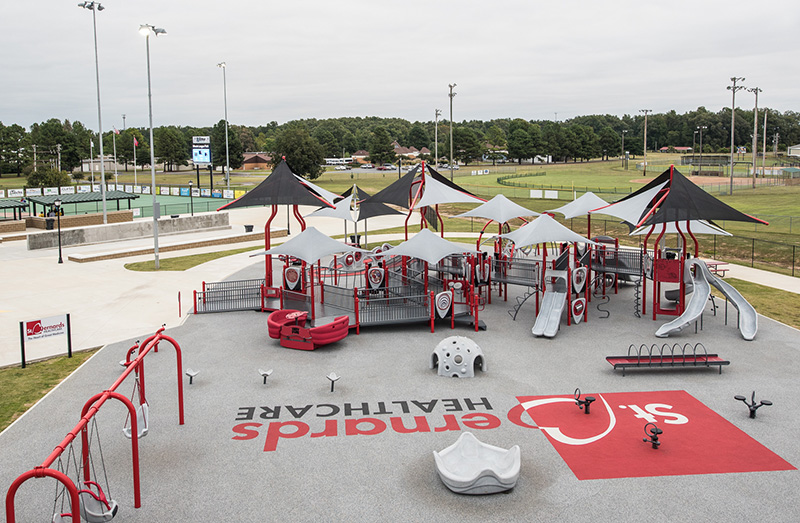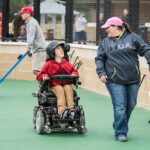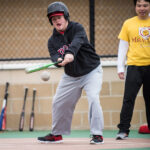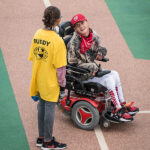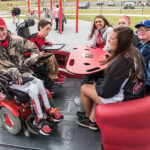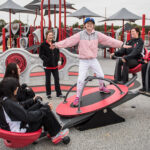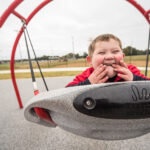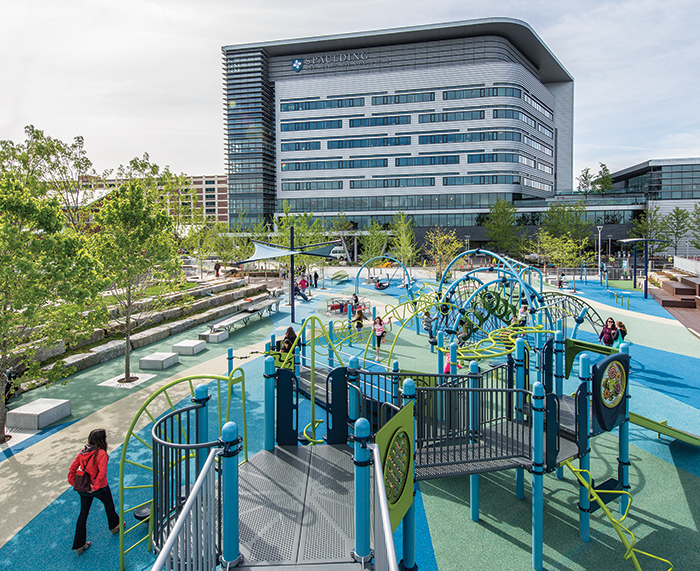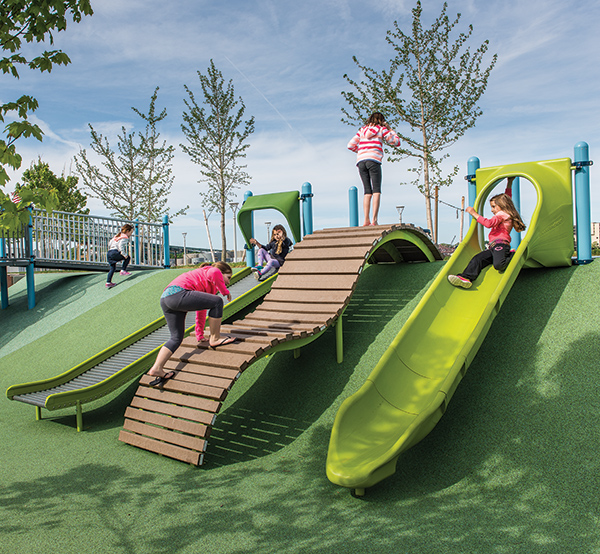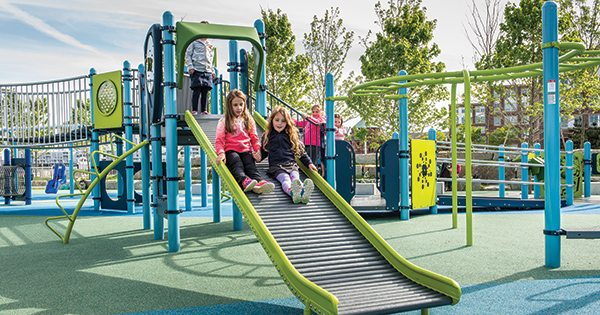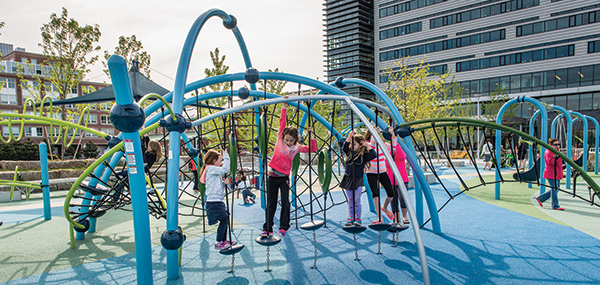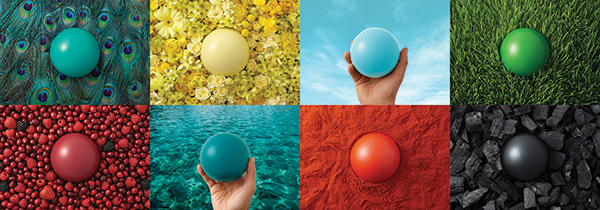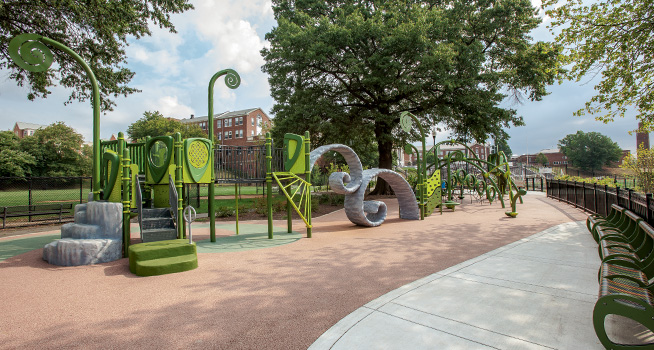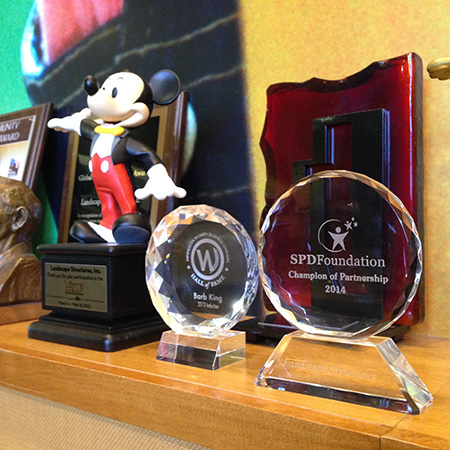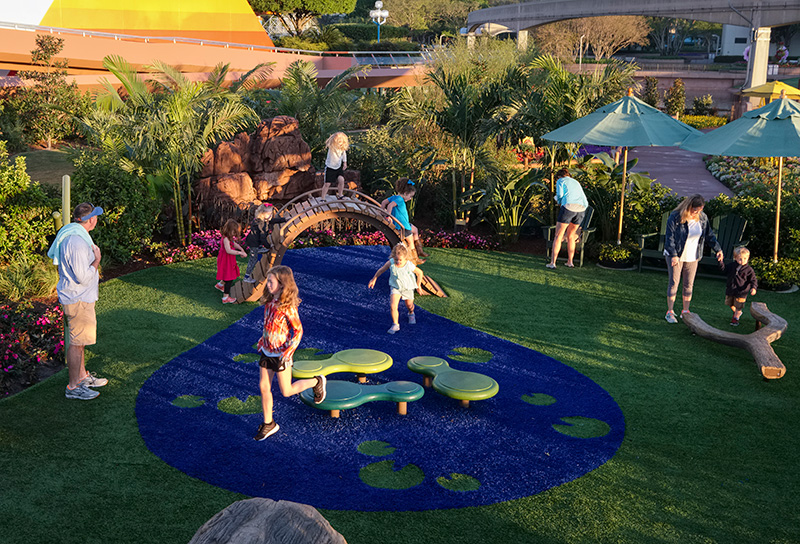
We are excited to have our playground equipment featured at the 25th Annual EPCOT® International Flower & Garden Festival. The upcoming holiday weekend is the final one of the Festival. So if you’re near or planning a visit to Lake Buena Vista, Fla., be sure to go play at EPCOT.
New to the Festival this year is the Imagination Garden, which integrates play into the natural environment. Nestled among the flowers, trees and other landscaping elements is a maze of play. Kids of all ages can navigate the playground tunnels to discover fossil digs and Rhapsody® Outdoor Musical Instruments. Upon finding their way out of the maze, kids ages 2 to 5 find more playground fun with the hillscape climber, pod steppers and leaf panels while kids ages 5 to 12 can traverse their way up and around the Lunar Burst® Net Climber. The play space design truly plays off the aesthetics of the surrounding landscape design.
Get more information about the Landscape Structures playground equipment featured at the EPCOT International Flower & Garden Festival. Then see how you can design nature-inspired playgrounds for your community or school playground at playlsi.com.


